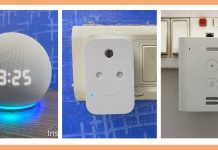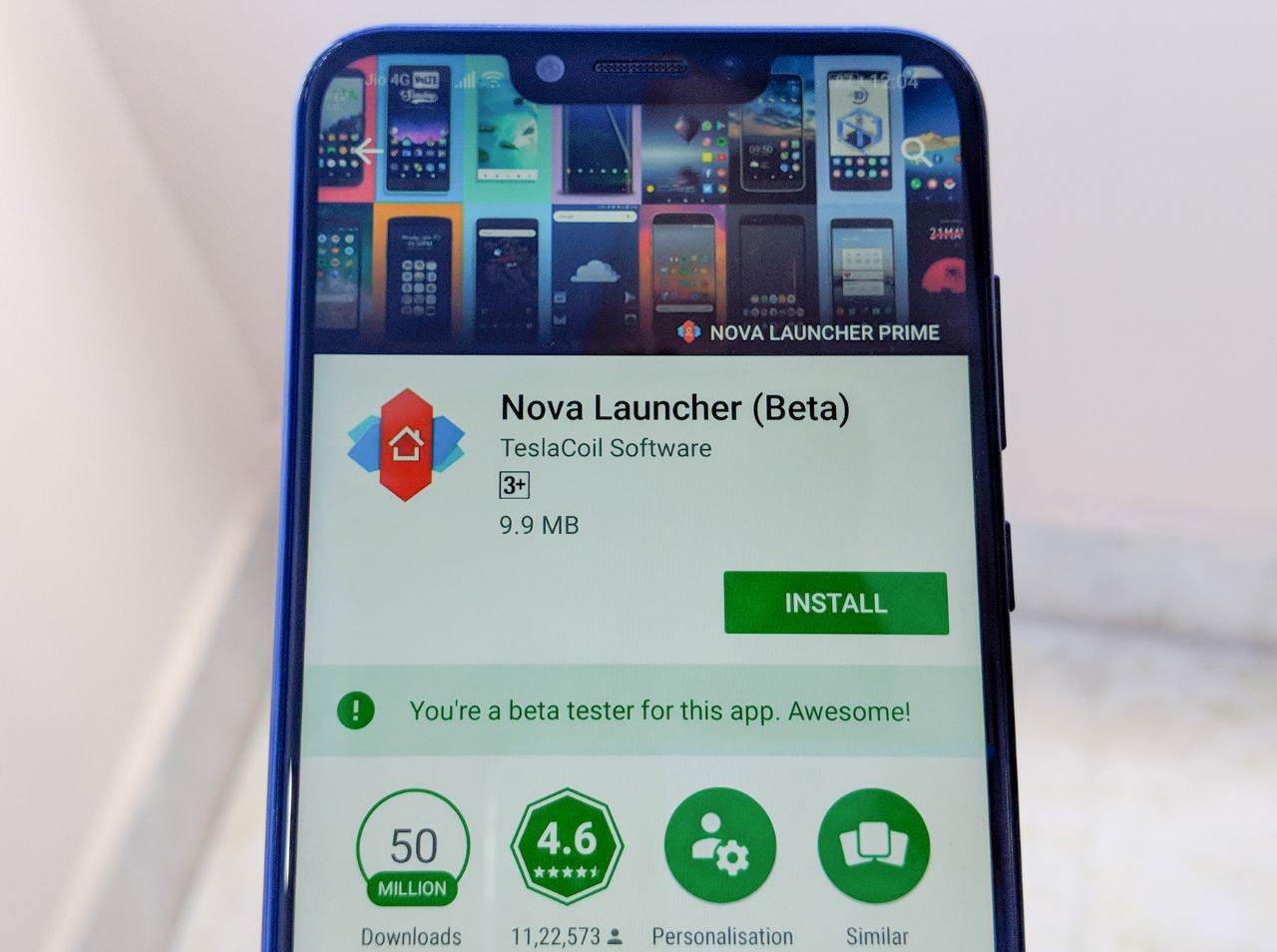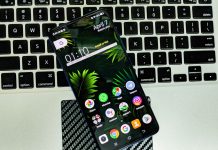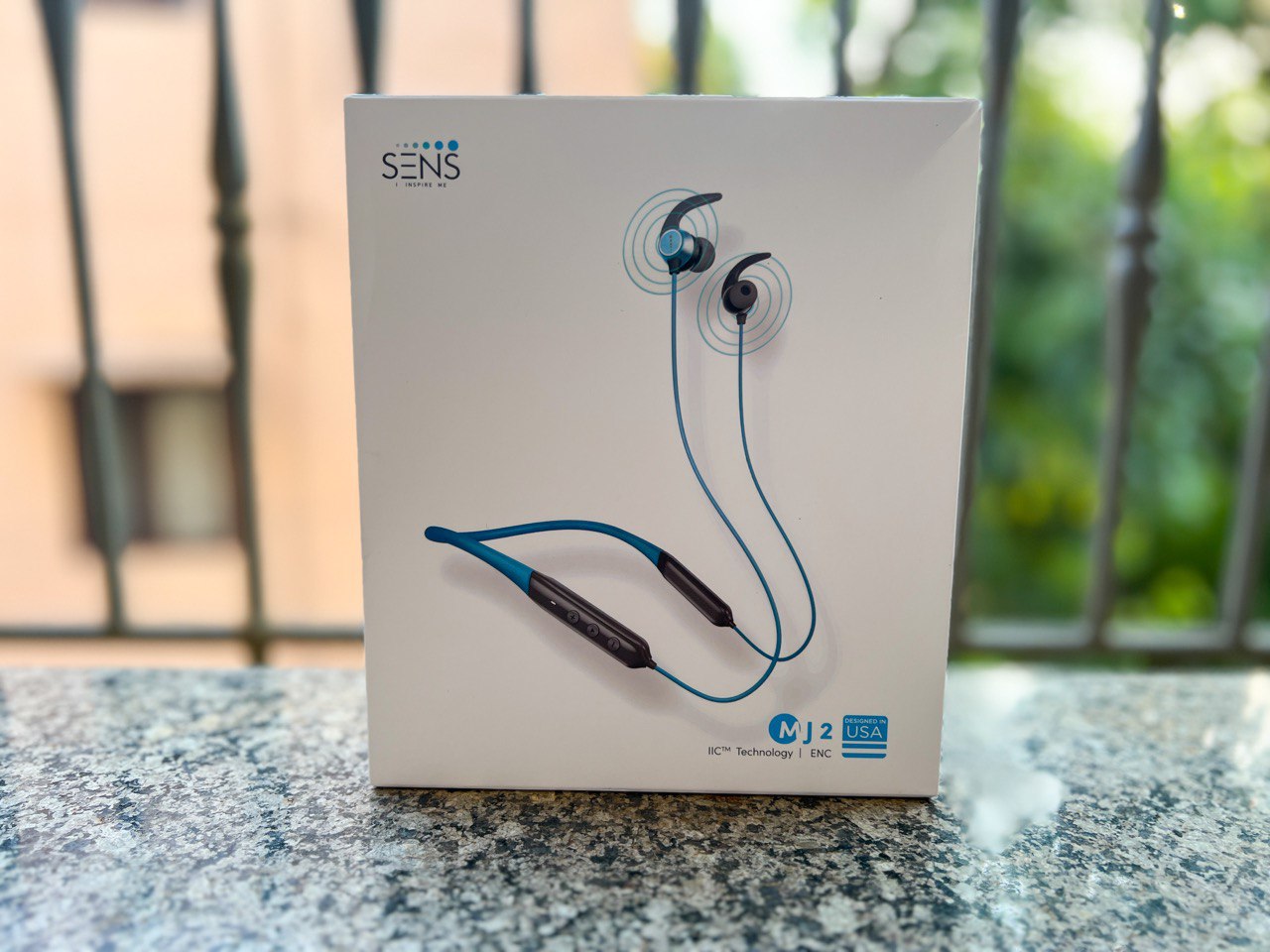 So 2016 has been a great year for smartphones and we have covered tons of devices here on ION throughout the year and now its that time of the year where we curate a list of top gadgets under a specific category. In recent years, smartphones have effectively replaced point-and-shoot cameras, and many have even outperformed them. For many of us, photo quality is a priority when picking a new smartphone. Here’s a list a top 5 smartphones in no particular order that excel in the camera department.
So 2016 has been a great year for smartphones and we have covered tons of devices here on ION throughout the year and now its that time of the year where we curate a list of top gadgets under a specific category. In recent years, smartphones have effectively replaced point-and-shoot cameras, and many have even outperformed them. For many of us, photo quality is a priority when picking a new smartphone. Here’s a list a top 5 smartphones in no particular order that excel in the camera department.
Samsung Galaxy S7 and S7 Edge
The Galaxy S7 / S7 Edge has the best low-light performance, something most phones really suffer with. The rear-facing camera of S7 features a Samsung Britecell sensor only 1/2.6 in in size, a 1.4 µm pixel size, 26mm lens and an f/1.7 aperture. The new Dual Pixels tech helps the auto-focus work fantastically well. The f.1/7 aperture makes the low light shots brighter than before with less graininess. The picture captured through the lens of Galaxy S7 / S7 Edge look absolutely fantastic, full of detail and colors are vibrant yet accurate. There’s also a ‘Pro’ mode lets you control the focus points, ISO, white balance etc. while the ‘Live Broadcast’ option lets you stream videos straight to YouTube. The Galaxy S7 edge can shoot video at 4K (2160p) resolution at 30fps. It can record slow motion at 240fps at 720p.
Google Pixel | XL
The Google Pixel and Pixel XL have some of the best cameras in existence in a smartphone. The Google Pixel has an overall DxOMark Mobile score of 89 which is the highest-rated smartphone camera. The rear camera has a 12.3Mp Sony IMX377 sensor with 1.55um pixels an f/2 lens. It focuses using a combination of laser and phase detection and makes use of the same large 1.55µm pixels to improve performance. It is worth noting that the device lacks optical stabilisation and relies completely on EIS. The best feature of the Google Pixel’s camera is HDR+, it works by keeping nine frames in the buffer as soon as the camera app is opened. All images are captured in the background and they get stacked into a single image and provide a nicely exposed photo with less noise and better dynamic range. Overall if you’re in the market for a new flagship Android phone and don’t mind spending over 800$ or INR 56,000, you should buy the Pixel or Pixel XL.
iPhone 7 | Plus
As Phil Schiller notes, correctly, that the iPhone camera is likely the best camera most people will ever own. The iPhone 7 represents another minor upgrade over the iPhone 6S. These upgrades include faster f/1.8 lens, addition of optical image stabilization, a new six-optic lens and a new four-color True Tone flash. The front-facing FaceTime camera has been bumped to 7 megapixels now which is great for selfies or videos. The larger sibling, the iPhone 7 Plus features a dual camera setup- a f/1.8 28mm wide-angle lens (same as the iPhone 7) and an f/2.8 56mm telephoto lens. The iPhone 7 lacks manual controls to tinker with like you’ll find on some Android phones, however the iPhone seems to take good pictures regardless of the settings. But it is the first Apple handset to have RAW shooting powers. So If you need a great smartphone that’s also a solid camera, the iPhone 7 could be your first choice.
Asus Zenfone 3 (ZE552KL)
The Zenfone 3 packs a 16MP rear camera which is paired up with a dual-tone LED Flash. The camera module features PDAF as well as Laser AF, f/2.0 aperture, 6P lens and 4 stop OIS. Clearly, the specs look good on paper and one might expect it delivers better performance than its competitor devices. Some other camera features like optical image stabilization (OIS) and electronic image stabilization (EIS) are nice features and come in handy for taking still shots and videos respectively. The Zenfone 3 continues the camera quality benchmark set by the first and second generation Zenfones.
Honor 8
The Honor 8 boasts the same six-lens, wide-angle camera that debuted on the company’s P9. Two 12-megapixel cameras on the back one monochrome, one RBG that combine to create the dual-camera system that LG and Apple also use. One of the lens captures color, while the other is monochrome and the software combines the two streams into a single image. Huawei states that this setup helps the phone capture better, crisper looking images. Almost every time the Honor 8 manages to capture a good amount of sharpness and excellent dynamic range. One of the perks of having the dual camera setup is the wide aperture mode, which allows you to set an aperture from f/0.95 to f/16 when taking a photo.
Honourable Mention 1: HTC 10
 Just like the HTC One M8, the HTC 10 uses an UltraPixel sensor. This means a larger pixels inside the sensor, thus allowing more light into the lens and resulting in brighter pictures. The rear-facing camera of HTC 10 features a Sony IMX377 sensor only 1/2.3 in size, a 1.55 µm pixel size and f/1.8 aperture. The IMX377 isn’t anything new, but HTC’s use of a wide aperture distinguishes it from other devices using the same sensor. The combination of the larger UltraPixels, a wide f/1.8 aperture and optical image stabilization make this phone able to capture some really nice low-light shots.
Just like the HTC One M8, the HTC 10 uses an UltraPixel sensor. This means a larger pixels inside the sensor, thus allowing more light into the lens and resulting in brighter pictures. The rear-facing camera of HTC 10 features a Sony IMX377 sensor only 1/2.3 in size, a 1.55 µm pixel size and f/1.8 aperture. The IMX377 isn’t anything new, but HTC’s use of a wide aperture distinguishes it from other devices using the same sensor. The combination of the larger UltraPixels, a wide f/1.8 aperture and optical image stabilization make this phone able to capture some really nice low-light shots.
Honourable Mention 2: Xiaomi Mi5
 The Xiaomi Mi 5 has a 16-megapixel primary camera with a dual-tone LED flash, and a 4-megapixel front camera with bigger, 2-micron pixels. This rear Sony sensor is capable of shooting impressive pictures in daylight conditions. Unfortunately, in low light conditions its performance is mediocre.
The Xiaomi Mi 5 has a 16-megapixel primary camera with a dual-tone LED flash, and a 4-megapixel front camera with bigger, 2-micron pixels. This rear Sony sensor is capable of shooting impressive pictures in daylight conditions. Unfortunately, in low light conditions its performance is mediocre.









